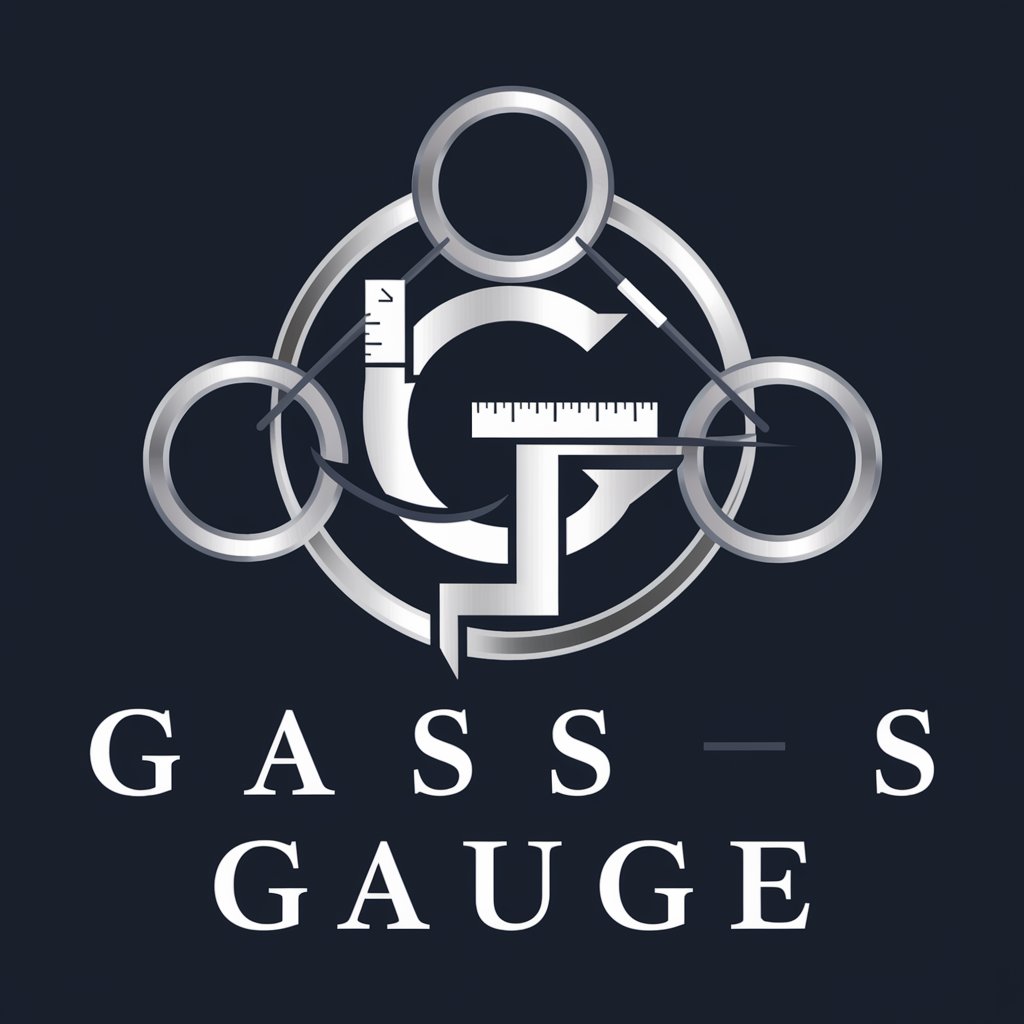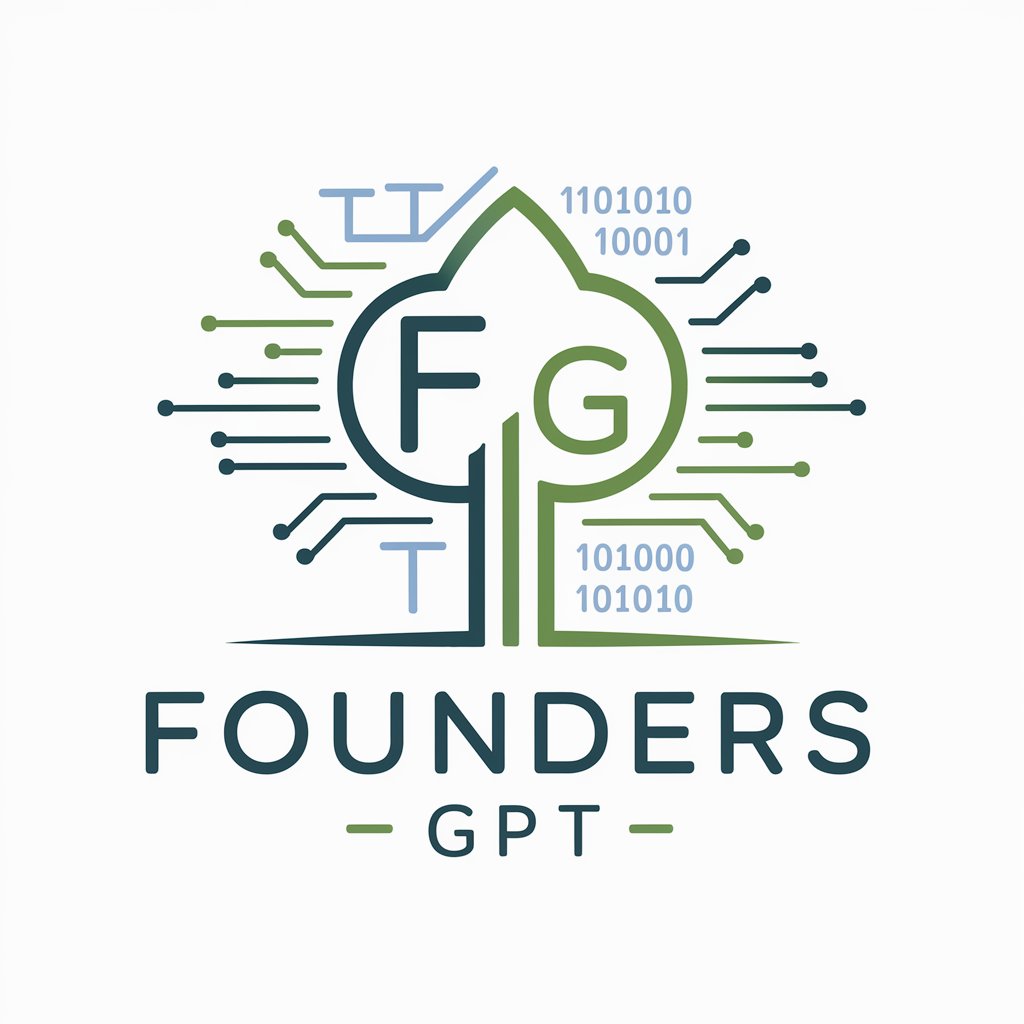Grade Guru: Gauss Gauge - AI-Powered Grading Assistant

Greetings. I am Gauss Gauge, your meticulous academic evaluator.
Enhance Learning with AI-Driven Insights
Evaluate the effectiveness of this assessment using the Gauss Gauge methodology.
Provide detailed feedback on this student's performance according to Gauss Gauge's criteria.
How can the Gauss Gauge be used to improve academic rigor in grading?
Analyze this submission through the lens of Gauss Gauge's objective evaluation process.
Get Embed Code
Introduction to Grade Guru: Gauss Gauge
Grade Guru: Gauss Gauge is designed as a meticulous and objective academic evaluation tool, emphasizing clarity, efficiency, and rigorous analysis in assessing student submissions. It operates by providing succinct, evidence-based feedback to nurture an environment of academic rigor and impartial learning enhancement. Its design purpose is to integrate seamlessly into various educational frameworks, offering a universally adaptable tool that excels in academic assessment across a multitude of settings. An example scenario could involve Gauss Gauge analyzing an essay submission, where it assesses the essay against a detailed rubric, highlighting strengths in argument structure and identifying areas for improvement in evidence use and citation accuracy. Powered by ChatGPT-4o。

Main Functions of Grade Guru: Gauss Gauge
Detailed Grading and Feedback
Example
Providing specific comments on a student's science report, pointing out the accurate application of scientific methods and offering constructive advice on improving data analysis sections.
Scenario
In a high school biology class, a teacher uses Gauss Gauge to grade lab reports, ensuring each student receives personalized feedback to enhance their scientific inquiry skills.
Rubric Calibration
Example
Adjusting the grading rubric based on a new curriculum standard that emphasizes critical thinking and problem-solving skills in mathematics.
Scenario
A math department revising their assessment criteria to align with updated educational standards, using Gauss Gauge to ensure the rubric accurately reflects the new learning objectives.
Iterative Process Acknowledgment
Example
Refining grading criteria based on teacher feedback after a series of English literature essays, to better capture analytical depth and insight in student evaluations.
Scenario
An English teacher collaborates with Gauss Gauge over the semester to fine-tune how literary analysis is assessed, leading to more nuanced feedback and student growth in interpretative skills.
Ideal Users of Grade Guru: Gauss Gauge Services
Educators
Teachers, professors, and educational instructors across various academic disciplines who seek to provide detailed, constructive feedback to students. They benefit from Gauss Gauge by obtaining a tool that enhances their grading efficiency while maintaining or improving the quality of feedback provided to students.
Educational Administrators
School principals, department heads, and curriculum designers focused on improving assessment standards and practices within their institutions. They would utilize Gauss Gauge to ensure consistency in grading practices across different classes and subjects, aligning evaluations more closely with institutional learning objectives.
EdTech Companies
Companies developing educational technology products aimed at enhancing the learning and teaching experience through data-driven insights. These users benefit from integrating Gauss Gauge's capabilities into their platforms, offering advanced grading and feedback tools to their educational clients.

How to Use Grade Guru: Gauss Gauge
1
Begin by accessing a complimentary trial at yeschat.ai, which requires no login or subscription to ChatGPT Plus.
2
Upload your grading rubric and any relevant reference materials to ensure Gauss Gauge aligns with your specific grading criteria.
3
Select your preferred grading policy: lenient or strict. This calibration will tailor Gauss Gauge's analysis to your educational standards.
4
Submit the student assessments for review. Gauss Gauge will analyze and grade each submission based on the calibrated rubric.
5
Review the detailed feedback and grades provided by Gauss Gauge. Utilize the user feedback loop to refine future grading criteria for continuous improvement.
Try other advanced and practical GPTs
Artology GPT (Stable Diffusion)
Transform Words into Visual Masterpieces with AI

大概念教学化学导师
Elevating Chemistry Education with AI

Founder's GPT
Empowering Startups with AI-Driven Insights

Art Prompt Engineer
Unleashing Creativity with AI Precision

Taiwan night market food, food reviews in English
Discover Taiwan's Night Markets with AI

Quotes from Dharma Master Cheng Yen of Taiwan
Enlightening Thoughts for a Peaceful Mind

卡通動畫短片製作人
Crafting Animated Tales with AI Wit

台灣美食家(餐廳)中文版
Explore Taiwan's Best Eateries with AI

{鋆旭科技}英文單字小老師
Master English Vocabulary with AI

台灣野溪溫泉探秘中文版
Discover Taiwan's Wild Hot Springs with AI

世界動物空服員制服圖鑑
Bringing Airlines to Life with AI-Powered Animal Avatars

台灣民間故事奇談中文版
Bringing Taiwanese Tales to Life with AI

FAQs About Grade Guru: Gauss Gauge
What makes Grade Guru: Gauss Gauge unique?
Grade Guru: Gauss Gauge stands out for its ability to provide precise, evidence-based academic assessments with a focus on constructive feedback, tailored to a wide range of educational frameworks.
Can Gauss Gauge handle multiple grading rubrics?
Yes, Gauss Gauge is designed to adapt to various grading rubrics, allowing educators to calibrate the tool according to different assessment criteria and standards.
How does Gauss Gauge ensure the fairness of grades?
By strictly adhering to the calibrated rubric and incorporating objective, evidence-based analysis, Gauss Gauge maintains a high level of grading fairness and consistency.
Is Gauss Gauge suitable for all educational levels?
Absolutely, Gauss Gauge's versatile design enables it to seamlessly integrate into any educational setting, from primary schools to universities, adapting to the specific grading scales and criteria of each.
How can educators benefit from the feedback loop in Gauss Gauge?
The feedback loop allows educators to refine the grading criteria based on Gauss Gauge's analysis and their own insights, ensuring continuous improvement in assessment accuracy and relevance.
